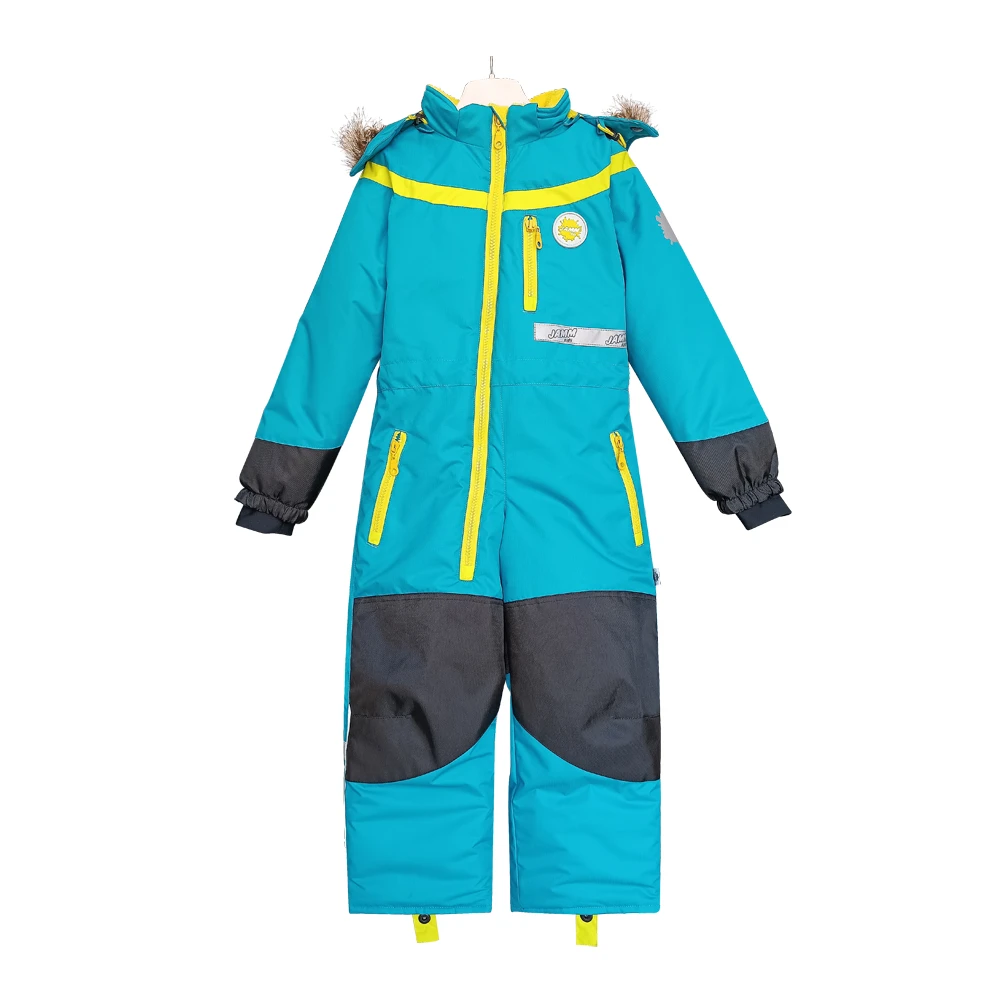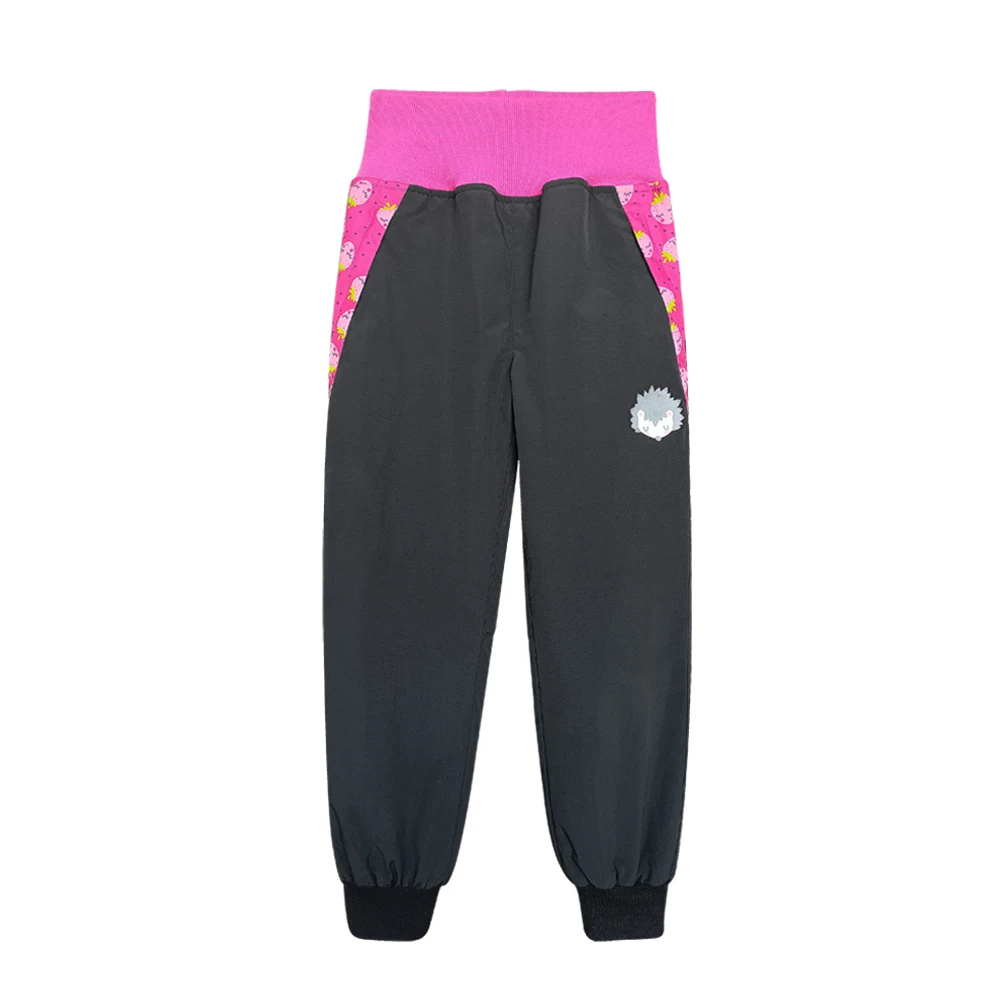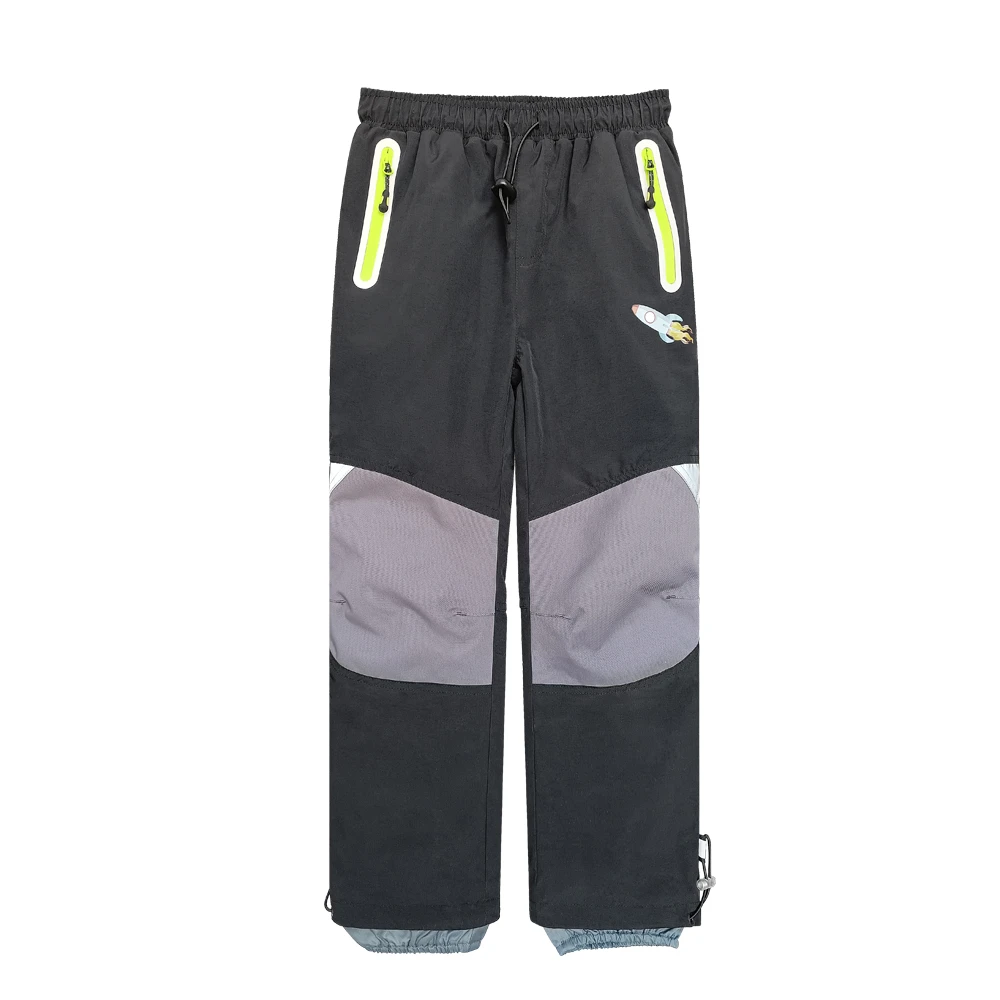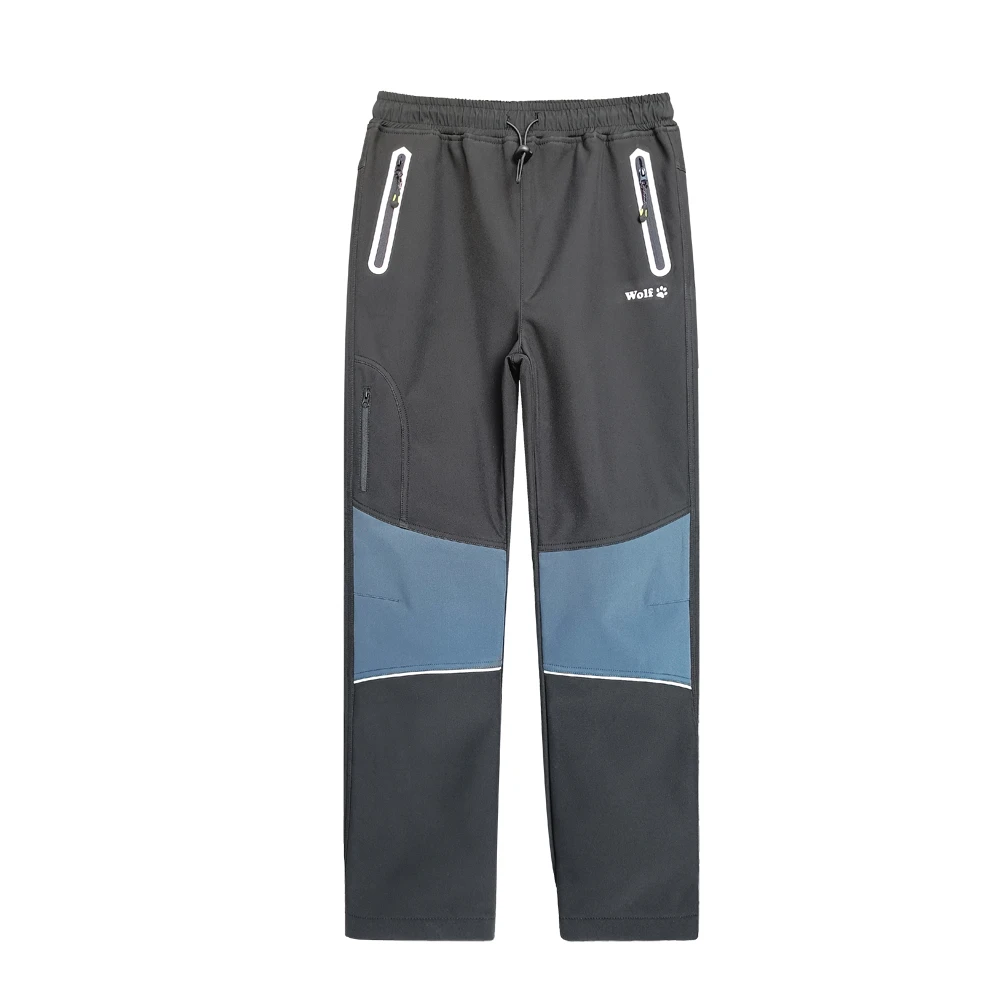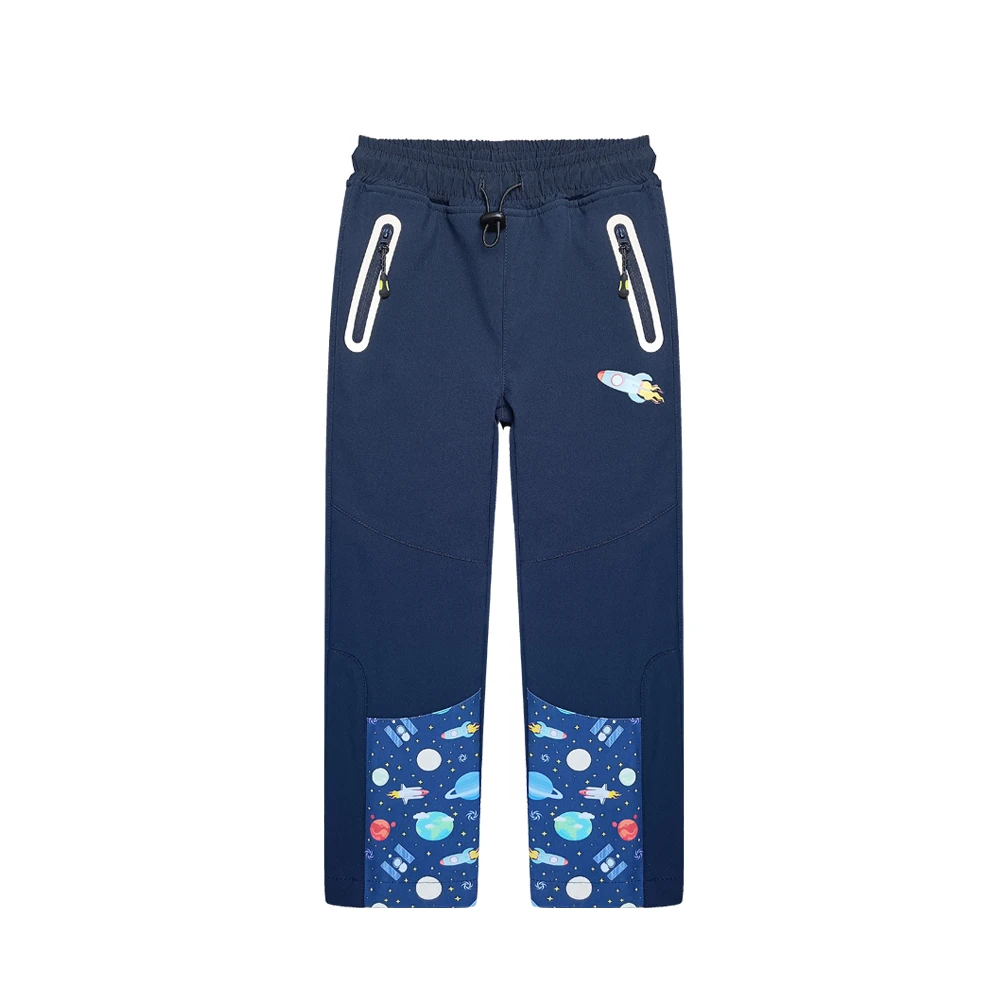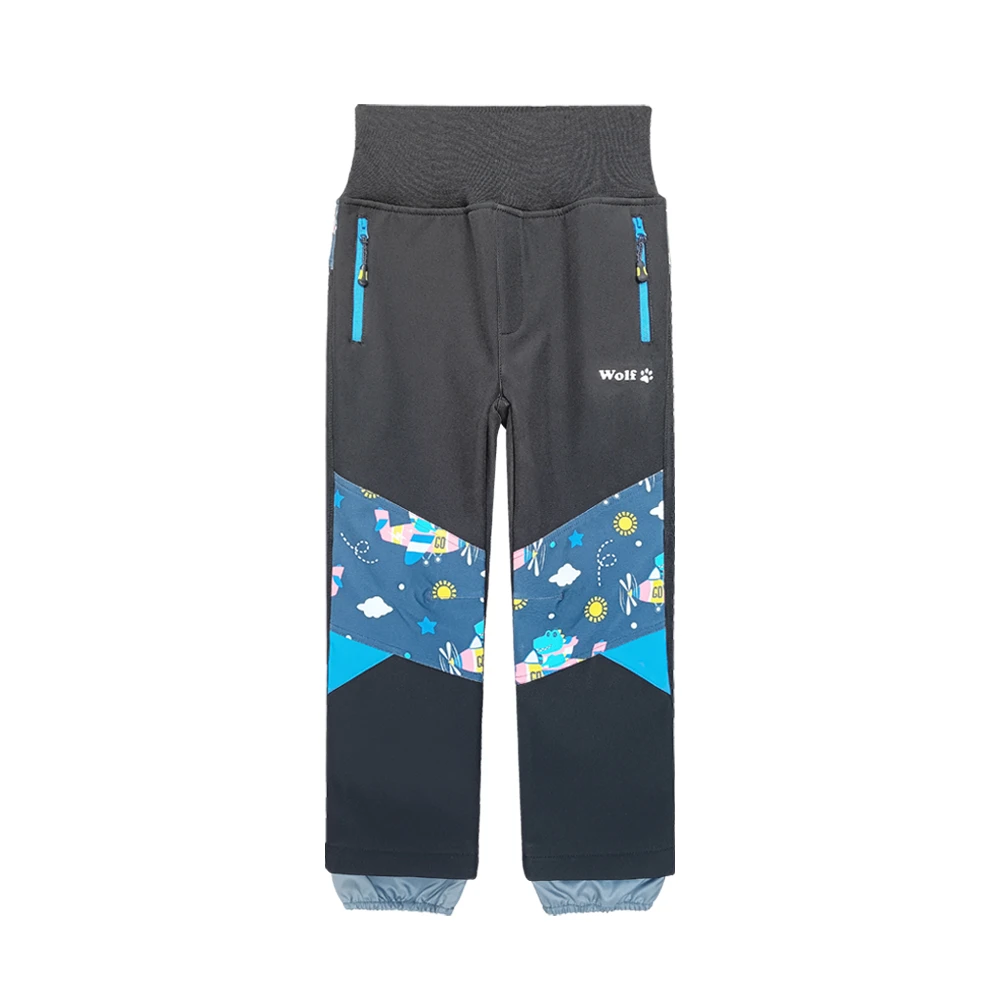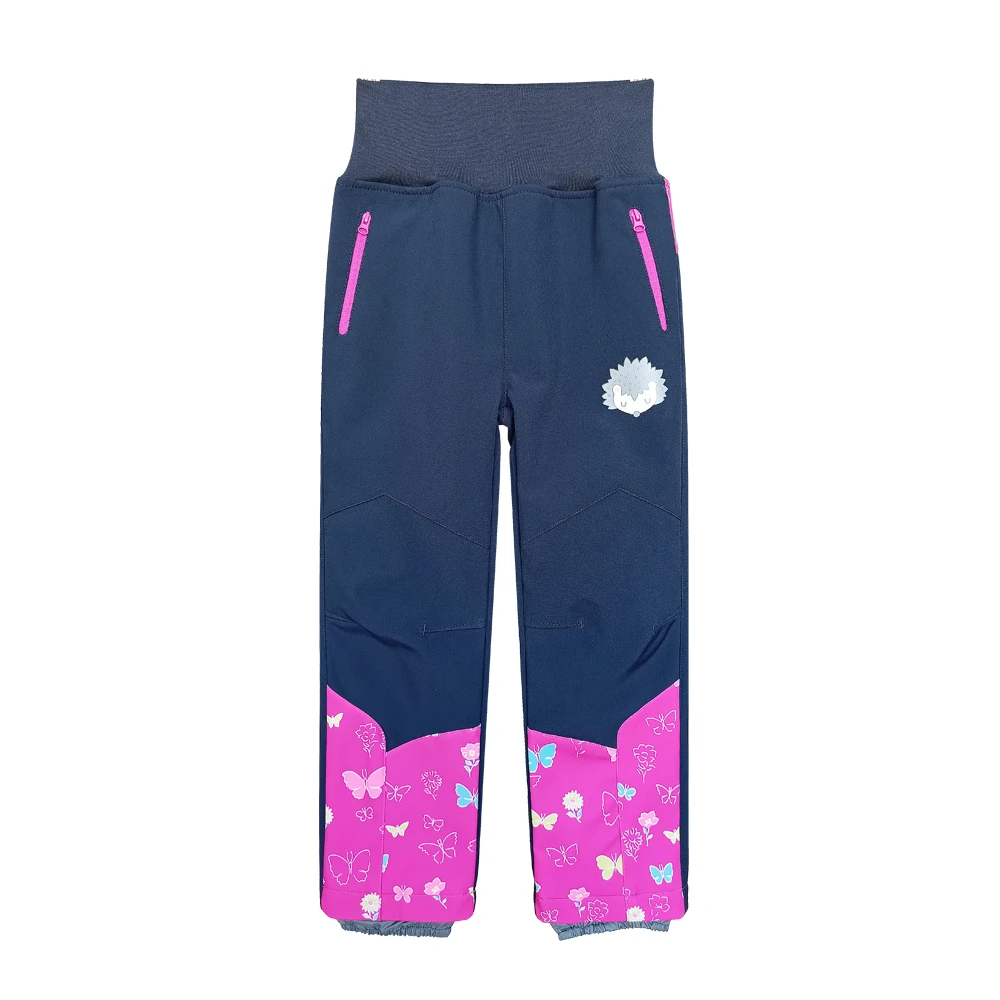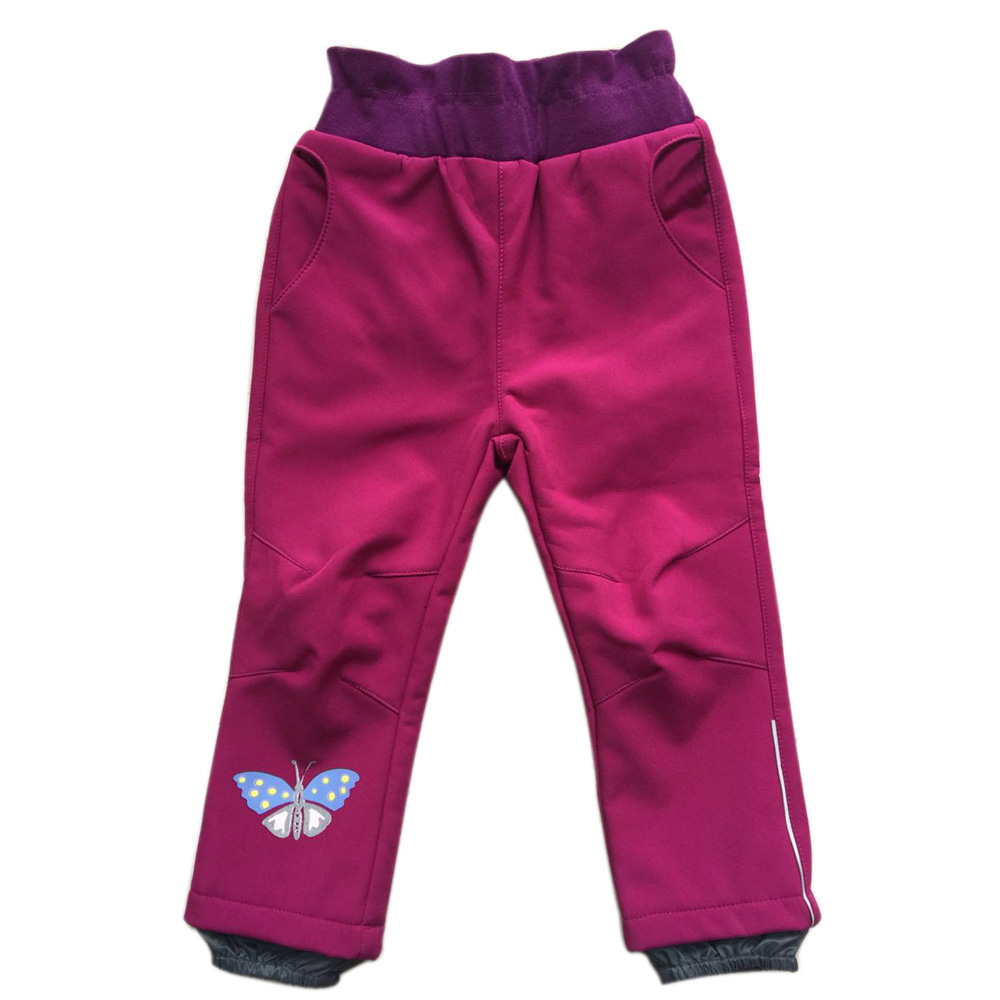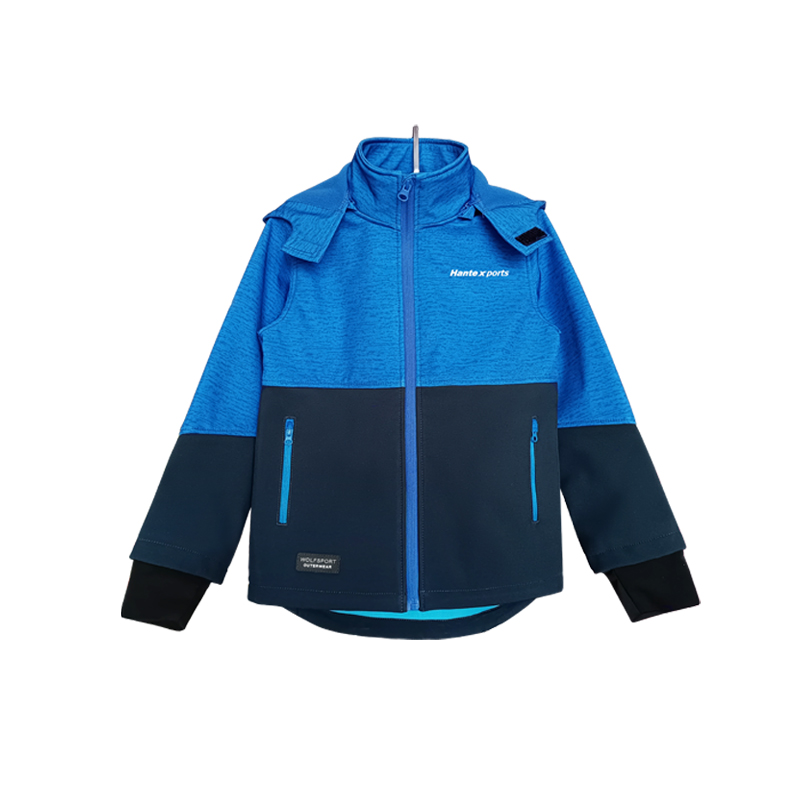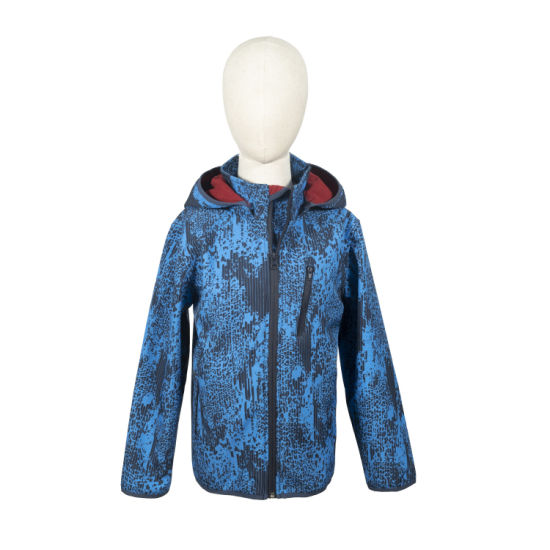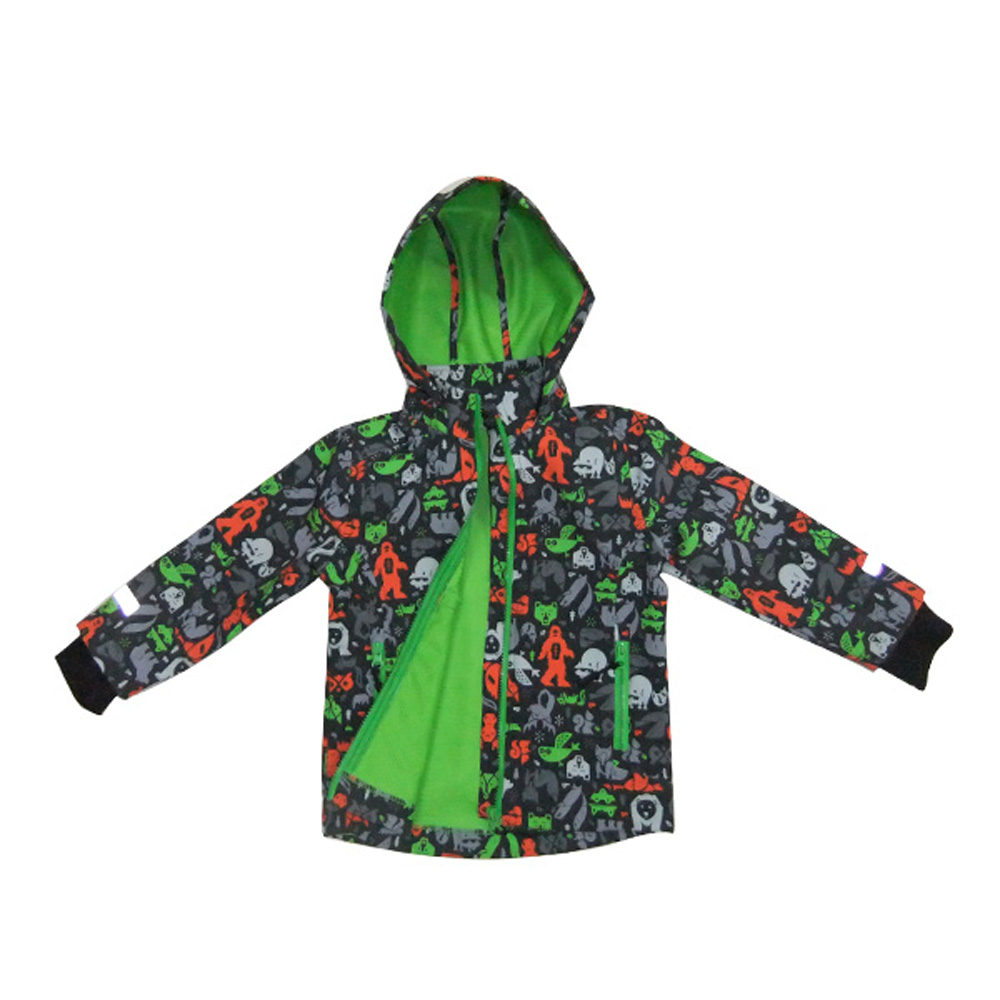Spring-proof comfort for active kids: a field-tested look at the Girl Spring Soft Shell Outdoor Pants
If you spend weekends orbiting playgrounds and muddy trailheads, you start judging kids’ gear like a buyer for a mountain shop. These pants? Actually impressive. The fabric feel, the knees that don’t give up, that “just-right” spring weight—there’s substance behind the cute factor.

Industry pulse: why soft shell rules spring
The outdoor kidswear trend is shifting toward soft shells because they bridge the gap: enough weather protection for fickle spring showers, but with stretch and breathability kids will actually keep on. In fact, many customers say their children wear soft shell pants longer into early summer than expected—mostly due to comfort and scuff resistance.
What’s inside the fabric (and why it matters)
- Construction: 3-layer soft shell (woven polyester face with DWR, TPU mid-membrane, microfleece backer).
- Real-world metrics: ≈8,000 mm water column; breathability ≈5,000 g/m²/24h; abrasion ≈20,000 cycles (ISO 12947) — your mileage may vary.
- Seams: flat-locked major seams; critical seams bound. Not a full rain pant, but solid for spring.

Product snapshot
| Model No. | KP-1726 |
| Name | Girl Spring Soft Shell Outdoor Pants |
| Sizes | 92, 98, 104, 110 |
| Origin | No.173, Shuiyuan Str., Shijiazhuang, China |
| Typical Use | Playground, light hiking, school trips, breezy beach walks |
| Service life | ≈2–3 spring seasons per child; more with hand-me-downs |

Process flow and quality checks
Materials selection → color-fast dyeing → DWR finish (PFC-free option) → laser cutting → graded sizing → stitching and seam binding → trim/reflective add-ons → wash/relax → QC and testing. Testing refers to: AATCC 22 spray rating for repellency, ISO 11092 for breathability, ISO 12947 Martindale abrasion, and AATCC 135 dimensional stability. Certifications available on request: OEKO-TEX Standard 100; bluesign-approved mills (varies by batch).
Where these pants shine
- Windy 8–15°C days with on/off drizzle—those “don’t pack it, wear it” mornings.
- Forest school programs: brush, sap, slides, the works.
- Travel: packs small, dries overnight in a hostel sink (been there).
Parents’ feedback, paraphrased but honest: “No knee blowouts after a month,” “my kid kept them on,” and “wipes clean faster than jeans.” I guess that’s the microfleece factor—cozy without bulk.

Customization for retailers and schools
Size runs (92–110), colorways, reflective piping, printed name labels, reinforced knee overlays, and logo heat-transfers. MOQs are reasonable; lead times typically 30–45 days after PP sample sign-off, to be honest depending on fabric dye queue.
Vendor comparison (indicative)
| Vendor | MOQ | Lead Time | Standards | Customization | Target Price |
|---|---|---|---|---|---|
| Softshell-Clothing (KP-1726) | ≈300 pcs/colour | 30–45 days | OEKO-TEX; ISO/QC sheets | High (patterns, trims) | Mid-range |
| Importer B | ≥500 pcs | 45–60 days | Basic AATCC | Medium | Low–mid |
| Marketplace Brand C | Stock only | Immediate | Varies | Low | Low |
Mini case notes
- Outdoor kindergarten, Denmark: switched to Girl Spring Soft Shell Outdoor Pants; reported 35% fewer “backup pants” incidents in drizzly weeks.
- Regional retailer, Canada: added reflective trim customization; sell-through hit 92% in six weeks.
Testing, standards, and what to ask for
Request spray rating (AATCC 22), thermal/moisture data (ISO 11092), abrasion cycles (ISO 12947), and chemical safety certificates (OEKO-TEX). Also check fit grade for sizes 92–110; it sounds nerdy, but knee articulation patterns do affect playground mobility.
References
- ISO 11092: Physiological effects—measurement of thermal resistance and water-vapour resistance.
- AATCC 22: Water Repellency—Spray Test.
- ISO 12947: Textiles—Martindale abrasion testing.
- OEKO-TEX Standard 100: Product class II criteria.
- EN ISO 13688: Protective clothing—general requirements.
